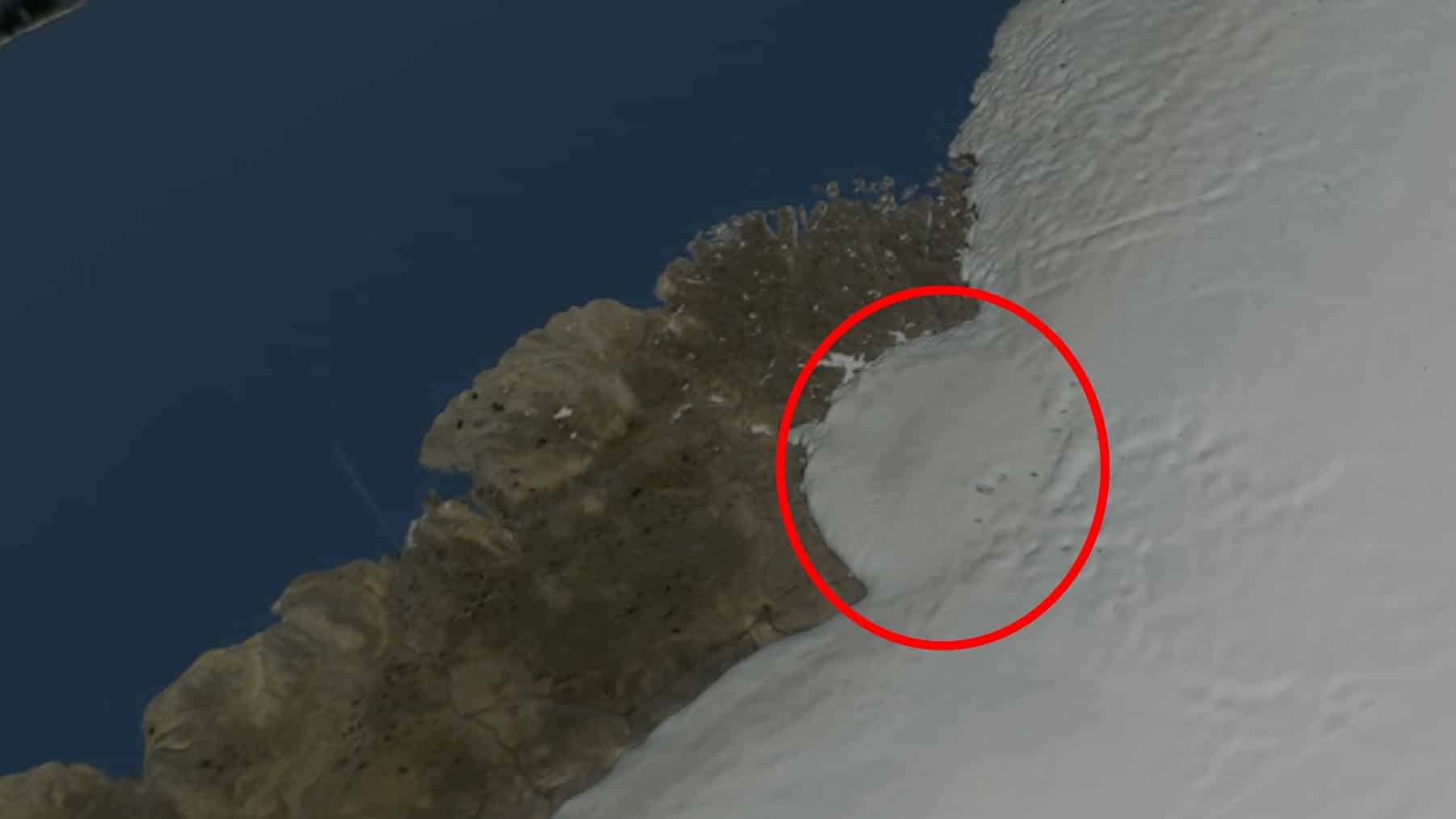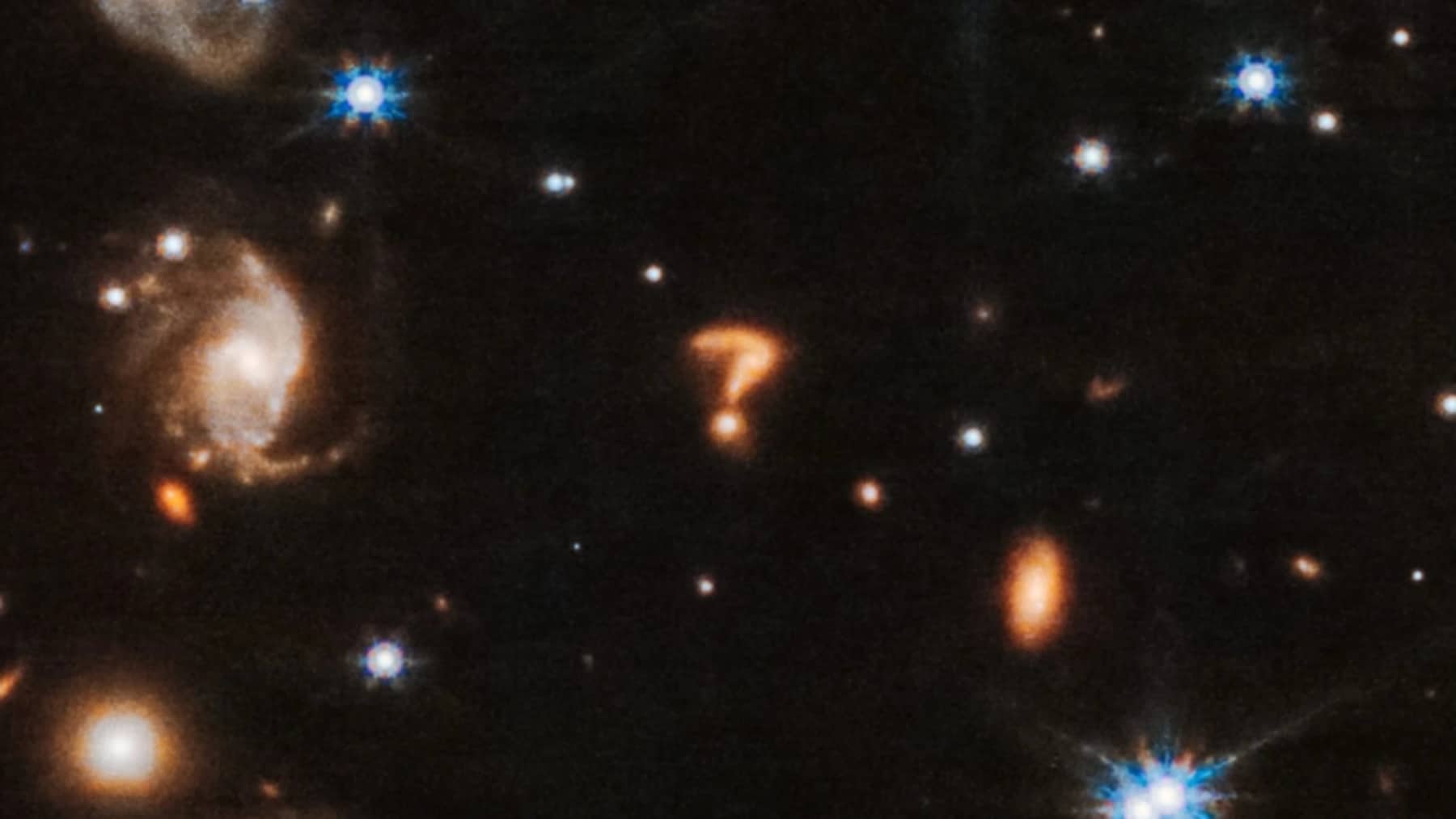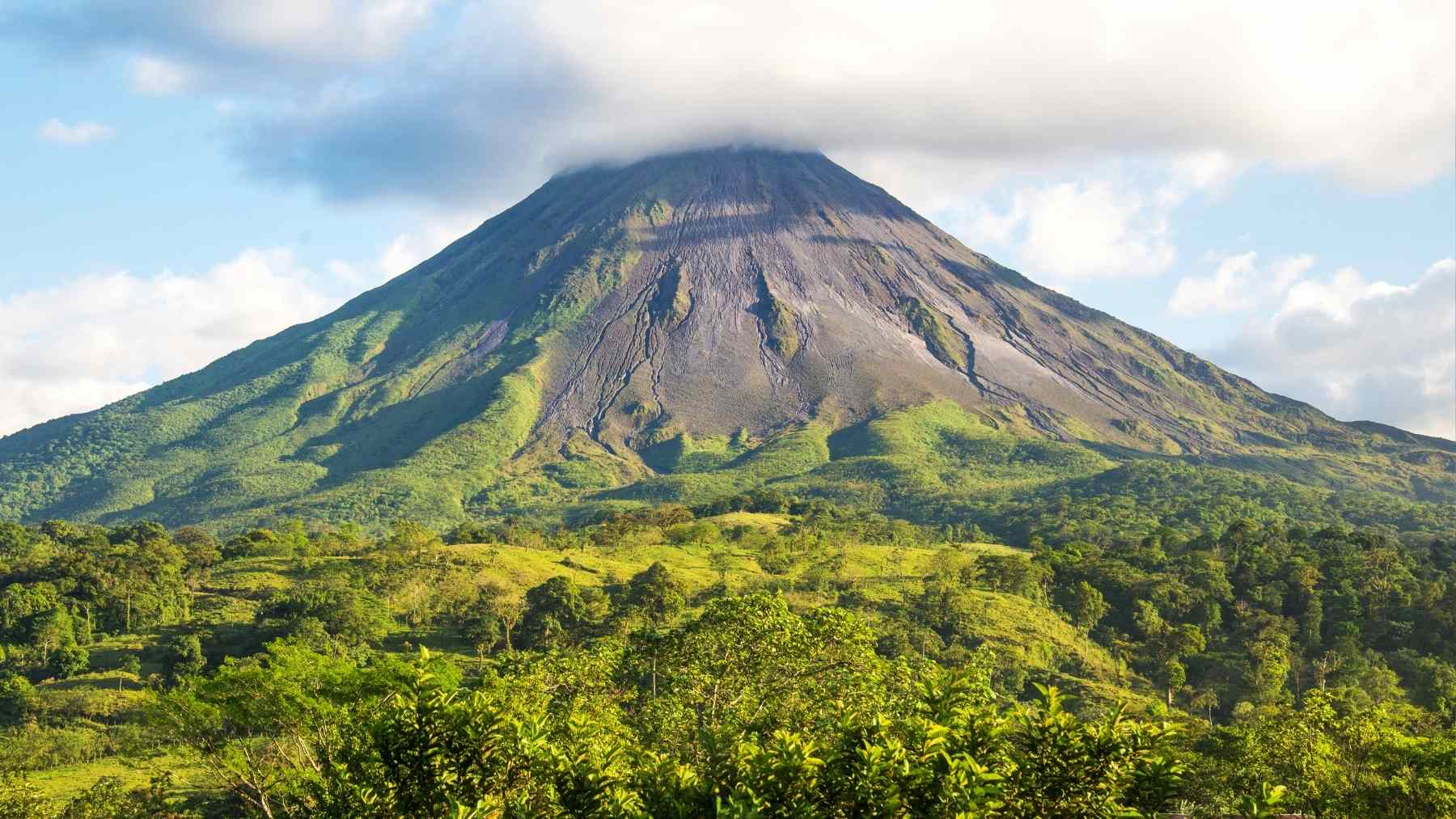Imagine a scenario that sounds like science fiction: Earth, a warming planet, sees its glaciers slowly melt, and life begins to adjust to new conditions. Until, suddenly, everything changes. This is because temperatures drop dramatically, about 10°C, and the planet enters “winter mode,” a period that lasts more than a thousand years. This event, known as the Younger Dryas, occurred about 12,800 years ago and remains a great mystery to this day. So much so that, for a long time, the explanation was simple: the melting glaciers dumped large volumes of freshwater into the oceans, weakening ocean currents and interrupting the transport of heat to the Northern Hemisphere.
A sudden freeze and a new theory
Well, the answer to the Younger Dryas enigma may lie further away than we imagined… not just in the melting ice sheets, but in the stars. To understand the impact of this discovery, we need to go back in time and look at what was happening on Earth. After more than 7,000 years of continuous warming, the planet entered an extremely rapid cooling phase. What caused this abrupt change?
The most widely accepted theory until then suggested that melting glaciers had dumped large volumes of freshwater into the oceans, disrupting the ocean currents that transport heat northward. But what no one could explain was the speed of the cooling, about a year. How could something so drastic happen so quickly? It was then that scientists wondered: what if this cooling wasn’t just a consequence of the melting ice, but had been caused by something external? By something coming from space?
Clues in the dust: Did a comet spark Earth’s sudden deep freeze?
It was then that a team of scientists decided to further investigate ocean sediments collected from Baffin Bay, near Greenland, and their findings were surprising. They identified small metallic particles, rich in elements such as platinum, iridium, nickel, and cobalt. These elements are rare on Earth but abundant in comets and meteorites. Even more impressive, they found impact microspheres, which are small mineral bubbles that form when materials melt under intense heat, something that can occur when a comet disintegrates upon impact with the atmosphere.
It’s worth remembering that these particles block solar radiation, causing an “impact winter.” This is a temporary blockage of the sun that could have drastically reduced temperatures, so rapidly that Earth was plunged into a long period of cooling. In other words, this event would have destabilized the planet’s conditions, impacting ecosystems and the civilizations that were just beginning to form (much like this vast anomaly affecting America).
When comets rewrite the climate
And no, this discovery isn’t just a curious detail from the past… Here are some of the lessons we can learn from this discovery:
- Rewriting climate theories: The Younger Dryas, previously seen as an event primarily caused by ice melt, can now be interpreted as the result of a combination of terrestrial and cosmic factors.
- Comets as agents of change: Comets are not just distant celestial bodies. They have the power to alter the course of Earth’s history, as evidenced by dust detected in the sediments of Baffin Bay.
- Lessons for the present: Even though the impact that caused the Younger Dryas occurred thousands of years ago, it serves as a warning for the future. Current technology for monitoring near-Earth objects is critical to ensuring our safety.
Even though research into the Younger Dryas is far from complete, these discoveries indicate that the cause of one of the planet’s greatest climate shifts may have come from space. The comet that exploded over Earth, releasing cosmic dust, may have been the catalyst for a centuries-long global cooling. That’s why we need to remain vigilant, especially now with this 1.9-billion-year-old megablast hurtling toward Earth.














